44 lower leg pain running diagram
4. Ankle Arthritis. While you might associate arthritis with older athletes, this chronic form of pain can affect runners at any age. There are three different types of foot arthritis that can cause your ankles to hurt when running: osteoarthritis, rheumatoid arthritis, and posttraumatic arthritis. Symptoms. Pain that radiates from your lower (lumbar) spine to your buttock and down the back of your leg is the hallmark of sciatica. You might feel the discomfort almost anywhere along the nerve pathway, but it's especially likely to follow a path from your low back to your buttock and the back of your thigh and calf.
If you've just started running, only to run into a nagging problem in your lower legs, you're in good company. Shin splints and tight calves are some of the most common problems plaguing new runners. Even if you've been running for a while, you can still be at risk. Especially if you've recently returned from an injury.

Lower leg pain running diagram
Most leg pain results from wear and tear, overuse, or injuries in joints or bones or in muscles, ligaments, tendons or other soft tissues. Some types of leg pain can be traced to problems in your lower spine. Leg pain can also be caused by blood clots, varicose veins or poor circulation. Nerve pain is typically described as sharp, shooting, electric-like, or searing pain. It may also produce a sensation of hot or warm water running down the thigh and/or leg. In some individuals, a dull ache may occur. The pain may be intermittent or constant. See Anatomy Of Nerve Pain. The most common types of nerve pain in the leg are ... The 5 Most Common Causes of Lower Leg Pain in Runners ( & how to deal with them) Close up legs of man running and exercising on wood bridge in park. Lower leg pain is a common problem among runners. In most cases, it's blamed on overuse, mainly wear and tear to the muscles, joints, bones, tendons, and other tissue.
Lower leg pain running diagram. The calf muscle, on the back of the lower leg, is actually made up of two muscles: The gastrocnemius is the larger calf muscle, forming the bulge visible beneath the skin. The gastrocnemius has ... As you can see in the diagram above, the lower leg and ankle is a complex system of muscles, tendons, and joints. This system works to provide both stability and mobility while we walk or run. Pay special attention to the Gastrocnemius and Soleus muscles, as well as the Calcaneal (Achilles) tendon, as those will be the focus of this discussion. With the temperate autumn days here, Vermonters may be enjoying their running training. Some of us, however, may experience a series of diagnoses generically called "chronic lower leg pain." These problems can occur with any amount of overuse through impact exercise and often can be seen in young athletes when they return to running in the fall. Fractures are a common cause of fibula pain. Most cases of fibula pain result from overexertion of the calf, usually through strenuous physical activity. Minor calf strains, often referred to as grade one strains, cause mild discomfort in the gastrocnemius and soleus muscles of the lower leg, but have negligible effects on the fibula.
It's common to feel hip pain in the front of the joint, making it hard to move your leg at the hip or put weight on the leg. You might also experience swelling in the joint. But hip injuries can also present with pain in the lower part of your glutes and higher up on the back of the thigh. Chronic lower leg pain is part of a larger collection of symptoms and will not be evaluated independently. Visit your doctor for an accurate diagnosis, so you can begin treatment as soon as possible. X-Ray; Your doctor will begin evaluating your lower leg pain by performing a thorough physical examination. The pain is typically a deep, dull ache at rest and a sharp, stinging pain during running. 14 There may also be a clicking, catching, or locking sensation. Some runners also experience hip instability (a feeling that the leg is about to give way) when running. 14. Is it ok to run with a hip labral tear? Running puts a lot of stress on the hip. Tendinitis. This is a common problem in the lower leg. Tendons attach the muscle to bone. Inflammation of the tendon causes pain when the muscle is stretched or contracted, and when the tendon ...
Lower leg pain can mean real trouble in your running. Leg pain running problems are usually caused by 3 main problems (in addition to pure muscular problems), that is: shin splints, compartment syndrome and stress fractures. Lower leg numbness can also be caused by pinching of a nerve as it exits the spine — commonly referred to as spinal nerve compression. This condition in the low back, known as lumbar radiculopathy, can make legs go numb while running. While your symptoms might all be in your lower leg, this condition originates in the lumbar spine in your ... The knee joins the upper leg and the lower leg. It's also the largest joint in the body. In addition to bearing the weight of the upper body, the knee allows for walking, running, and jumping. Autoimmune: Diseases that affect nerves, particularly in the lower back can deliver pain to the upper leg. Spinal stenosis and degenerative disc disease are examples that can impact the upper leg. Infections: Infections of the bones and tissues of the upper leg can result in swelling, redness, and pain.
The lower leg makes up a large portion of an individual's overall body weight. It is an essential structure for any weight-bearing activity, such as walking, stand, running, or jumping. Common conditions that affect the lower leg include stress fractures , compartment syndrome , shin splints , and muscle tears.
Most lower leg pain from running is caused by wear and tear of the muscles, overuse, injuries in bones and muscles. Blood clots and poor circulation of blood are sometimes the causes of lower leg pains and what you can do when it happens while running. Muscle Cramp: Muscle cramp occurs when the muscles are tired.
Most causes of lower leg pain are just aches and pains caused by minor injuries to the muscles, tendons, and ligaments in the lower leg. These types of injuries can be managed at home quite easily. However, if you experience sudden-onset, moderate to severe pain with no obvious cause or find yourself with an acute injury so severe it is ...
The lower parts of your legs take the brunt of your day-to-day life. You shouldn't have to be in pain, though.. Medical treatments can help if your doctor says you have a condition like leg ...
May 26, 2014 · While not a substitute for a doctor's diagnosis, we hope this will help you point you in the right direction and speed you on your way to healthy running. A Primer on Lower-Leg Pain. Shin splints ...

Goat Run Trail Running Series Injury Tips Shin Pain Or Shin Splint Is Pain On The Front Of Your Lower Leg Below The Knee And Above The Ankle It Can Hurt
Leg pain, sciatica Overview. Sciatica is a shooting pain that begins in the lower back, radiates into the buttock and down the back of one leg. The pain is often caused by pressure on the sciatic nerve from a herniated disc, bone spurs or muscle strain (Fig. 1). You play an important role in the prevention, treatment, and recovery of leg pain.
The Onset Of Lower Leg Pain From Running. As I'm ticking the miles away, I start to feel this lower leg pain forming in my right leg. Almost as if my calf is going to explode, except it's not my calf. I'm just feeling this pain like it's going to blow out my tendon, a couple of inches above the insertion point.
Your upper leg includes seven major muscles. Your lower leg includes three main muscles, located behind your tibia or shinbone. Pain in your thigh or calf can be caused by muscle or tendon-related ...
Leg Muscle Anatomy. The legs are the lower limbs of the human body that provide support and stability in addition to allowing movement. The legs include the upper leg, knee, lower leg, ankle, and ...
Peripheral neuropathy: Small nerves in the legs can become damaged, causing burning, pain, tingling or numbness in the foot or lower leg. This type of nerve damage is often related to diabetes ...
Lower leg pain is common, but it can be tricky sorting out its many potential causes. While factors like what your pain feels like—stabbing, burning, or cramping, and so on—can provide insight, oftentimes, a detailed physical examination and/or an imaging test are needed to clinch the diagnosis.
Leg pain (sciatica) associated with low back pain is called a lumbar radiculopathy. Approximately 80% of the population is plagued at one time or another by back pain, especially lower back pain. Associated leg pain (called lumbar radiculopathy or sciatica) occurs less frequently. Pain can be bothersome and debilitating, limiting daily activities.
The 5 Most Common Causes of Lower Leg Pain in Runners ( & how to deal with them) Close up legs of man running and exercising on wood bridge in park. Lower leg pain is a common problem among runners. In most cases, it's blamed on overuse, mainly wear and tear to the muscles, joints, bones, tendons, and other tissue.
Nerve pain is typically described as sharp, shooting, electric-like, or searing pain. It may also produce a sensation of hot or warm water running down the thigh and/or leg. In some individuals, a dull ache may occur. The pain may be intermittent or constant. See Anatomy Of Nerve Pain. The most common types of nerve pain in the leg are ...
Most leg pain results from wear and tear, overuse, or injuries in joints or bones or in muscles, ligaments, tendons or other soft tissues. Some types of leg pain can be traced to problems in your lower spine. Leg pain can also be caused by blood clots, varicose veins or poor circulation.


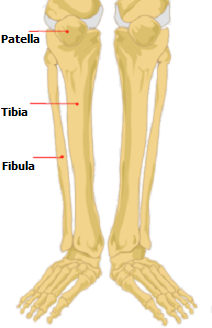
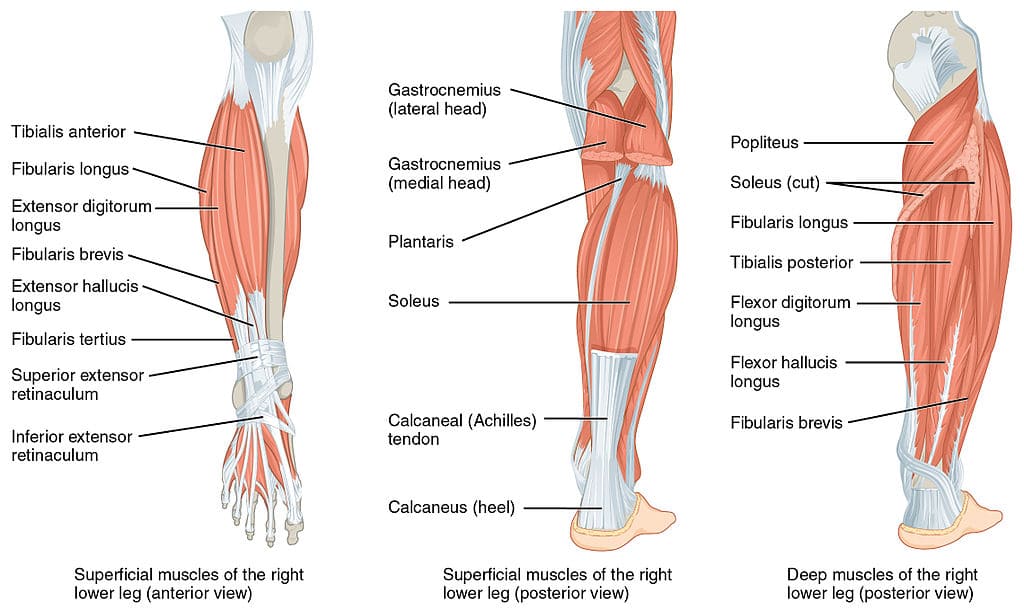

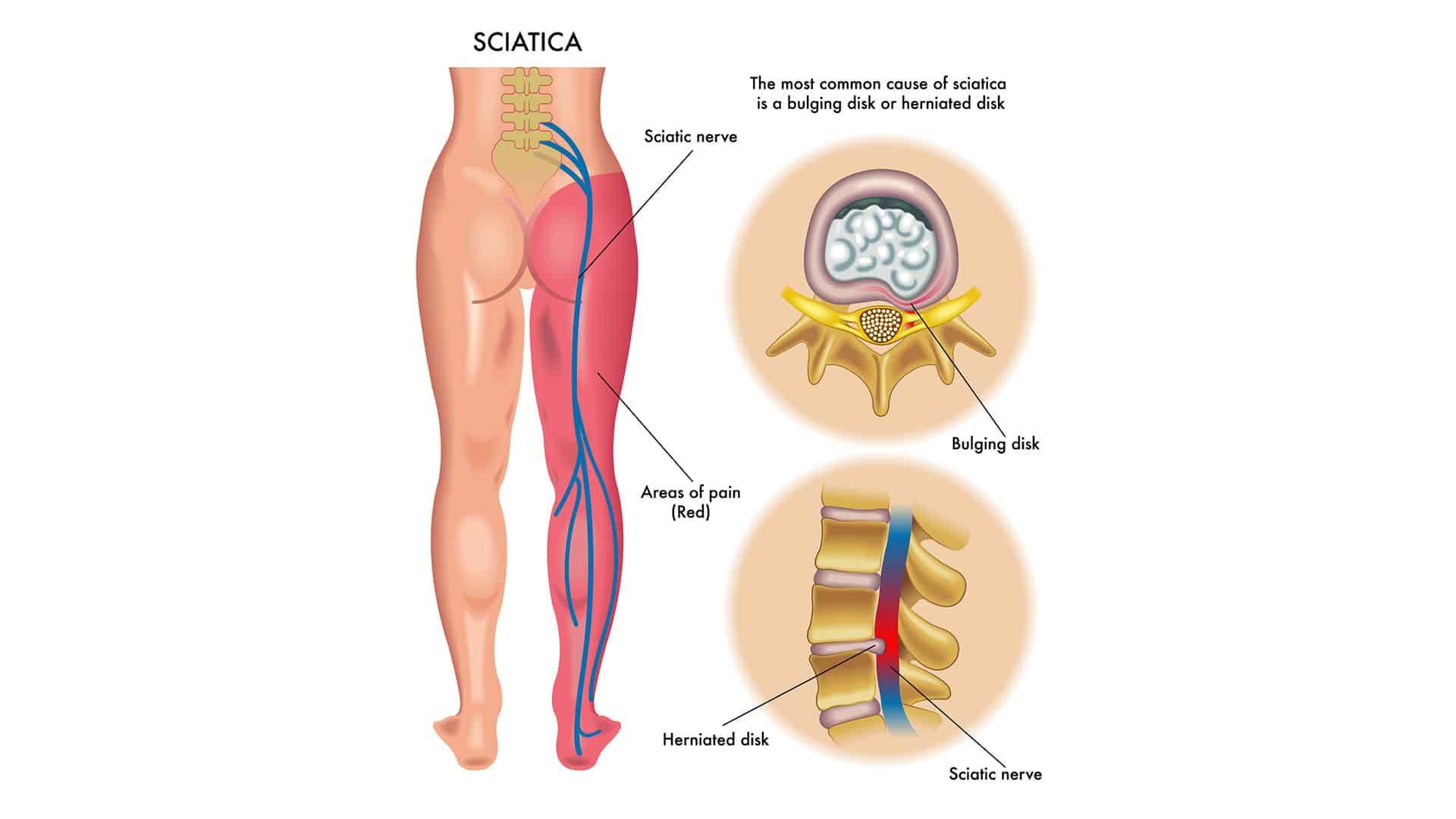




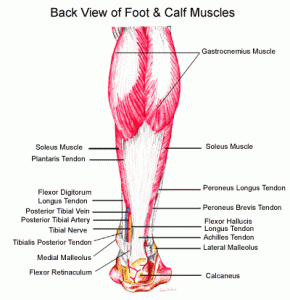

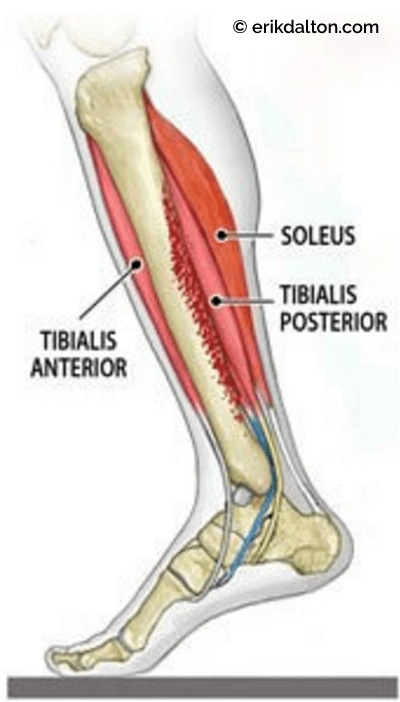
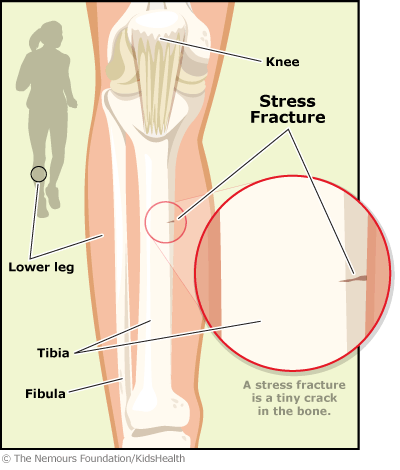






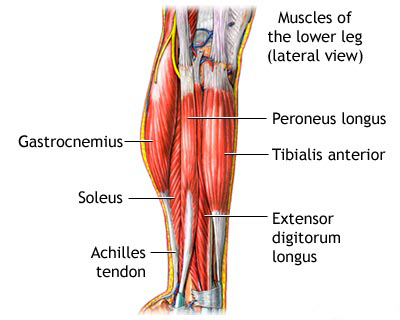

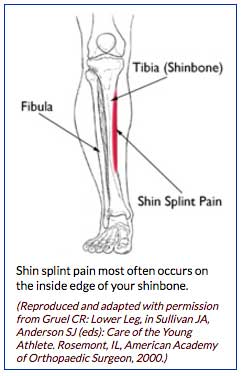
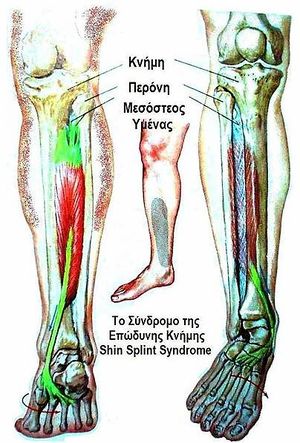

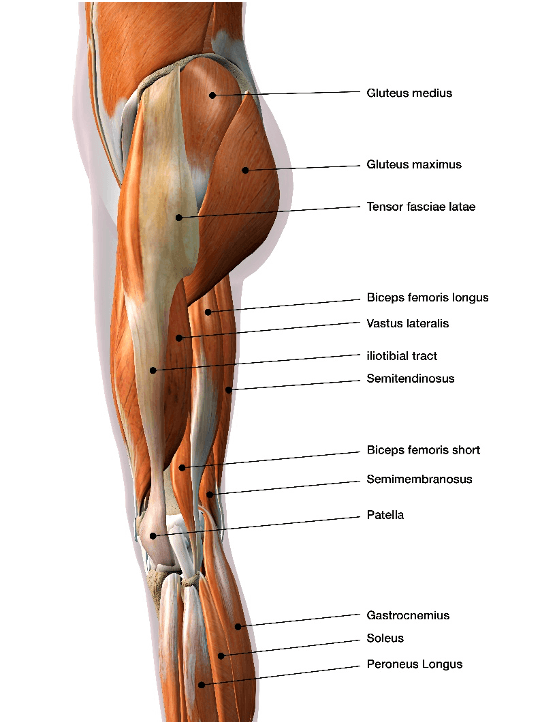



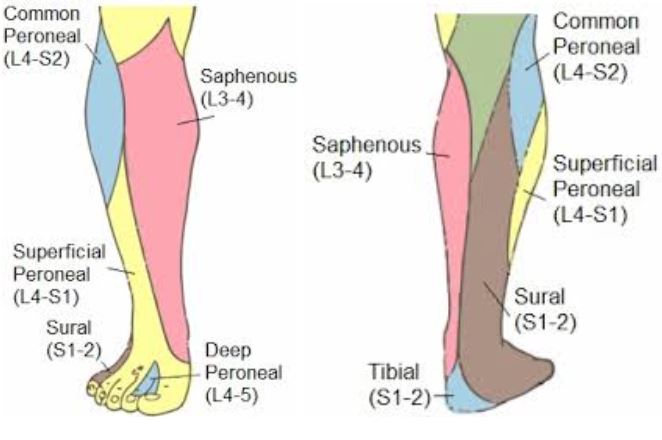
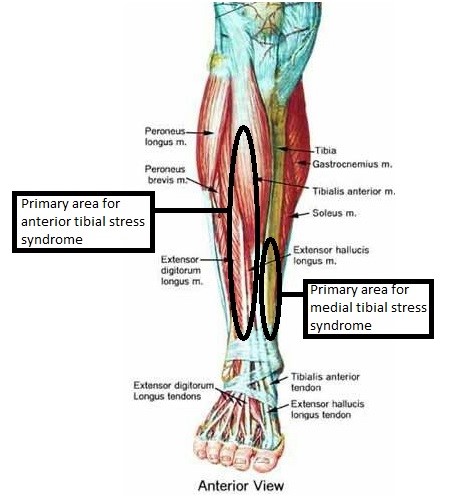

0 Response to "44 lower leg pain running diagram"
Post a Comment